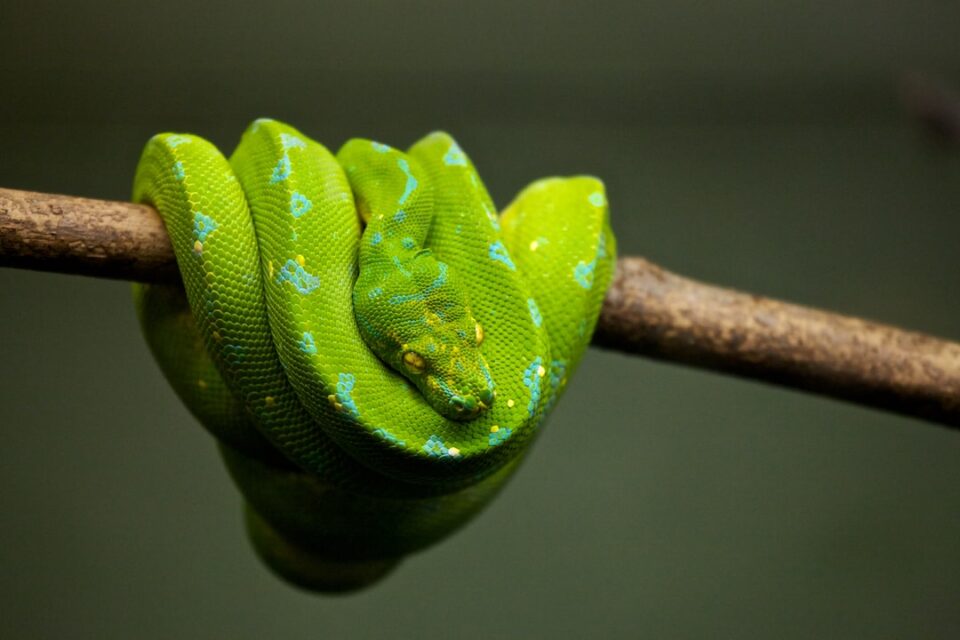Wildlife Conservation: The Efforts to Protect Our Vulnerable Species
In today’s rapidly changing world, wildlife conservation plays a vital role in preserving our planet’s diverse ecosystems and the precious species that inhabit them. With human activities causing a significant negative impact on the natural environment, there is an urgent need to take action and protect our vulnerable wildlife. This blog post explores the efforts being made globally to safeguard our wildlife and highlights the importance of conservation.
One of the primary goals of wildlife conservation is to protect endangered species from extinction. Many factors contribute to the declining population of various species, including habitat destruction, poaching, climate change, and pollution. Conservation organizations across the globe are actively involved in combating these threats and ensuring the survival of endangered species.
Habitat conservation is a crucial aspect of wildlife preservation. By protecting natural habitats, we provide a safe space for species to thrive. National parks, wildlife reserves, and protected areas are established to maintain biodiversity and offer a refuge for wildlife. These protected zones play a pivotal role in maintaining ecosystems and ensuring the survival of species that are vulnerable to threat.
Furthermore, efforts are being made to decrease illegal hunting and poaching. Poaching has become a significant concern globally, endangering iconic species such as elephants, rhinos, and tigers. Conservation organizations work closely with local communities and governments to enforce regulations, strengthen anti-poaching measures, and raise awareness about the importance of protecting these animals. Additionally, initiatives are underway to combat the illegal wildlife trade, which fuels the poaching crisis.
Many organizations are actively involved in wildlife rehabilitation programs. These programs aim to rescue injured or orphaned animals, provide them with medical care and rehabilitation, and eventually release them back into the wild. This approach not only helps individual animals but also contributes to the conservation of their species. It serves as a reminder of the interdependence between healthy ecosystems and the well-being of wildlife.
Conservation breeding programs, or captive breeding, are also employed for endangered species that face imminent extinction. These efforts involve breeding and raising species in controlled environments, such as zoos or specialized facilities. The offspring are then released into the wild to strengthen the dwindling populations. While critics argue that captivity may hinder genetic diversity and survival skills, conservation breeding programs have proved successful in saving endangered species, such as the California condor and black-footed ferret.
Furthermore, innovative technologies are being utilized to aid wildlife conservation efforts. Drones, for example, are used to monitor animal populations, detect illegal activities, and collect valuable data on habitat conditions. Remote camera traps allow scientists to observe elusive species and collect data without directly interfering with their habitats. DNA analysis and genetic sequencing techniques help identify individual animals and track populations over time.
Engaging local communities is an integral part of wildlife conservation. Conservation organizations collaborate with indigenous societies and local communities residing near wildlife habitats. This collaboration ensures that the local people are actively involved in protecting their natural resources and are provided with alternative livelihood opportunities that are sustainable and environmentally friendly. By promoting coexistence and ensuring that communities benefit from conservation efforts, it creates a win-win situation for both people and wildlife.
Education and raising awareness are vital components of wildlife conservation. Educating the public, particularly the younger generation, about the importance of conserving wildlife and their habitats helps create a more empathetic and responsible society. Schools, zoos, and conservation organizations organize educational programs and outreach activities to instill a sense of appreciation and concern for wildlife. Sustainable tourism and responsible wildlife-oriented activities also play a role in raising awareness and funding conservation projects.
In conclusion, wildlife conservation is a global effort that aims to protect our vulnerable species and safeguard the health of our planet. Through habitat conservation, anti-poaching measures, rehabilitation programs, captive breeding, technological advancements, community engagement, and education, we can collectively make a difference. It is crucial to recognize that our actions today will determine the future of our wildlife and the ecosystems they inhabit. By working together, we can ensure that future generations can experience the beauty and wonder of our planet’s diverse wildlife.

